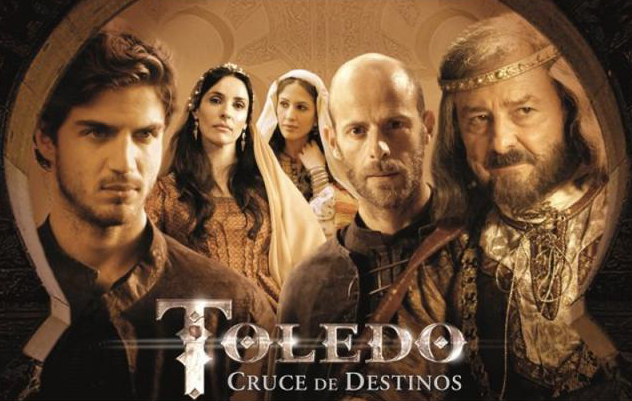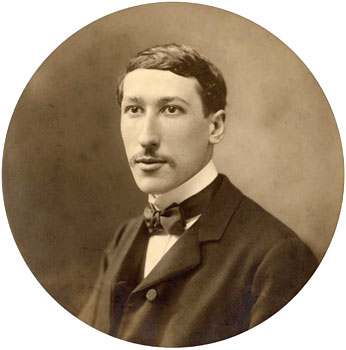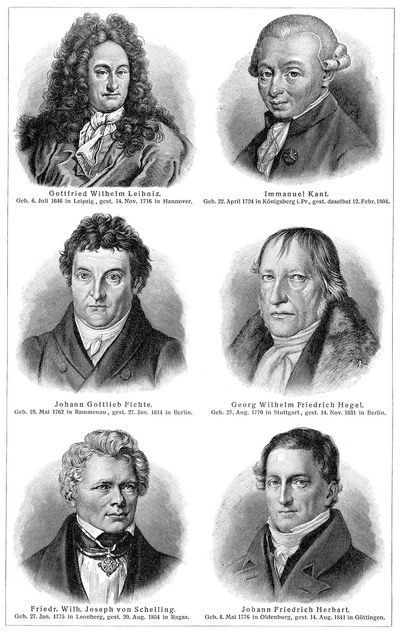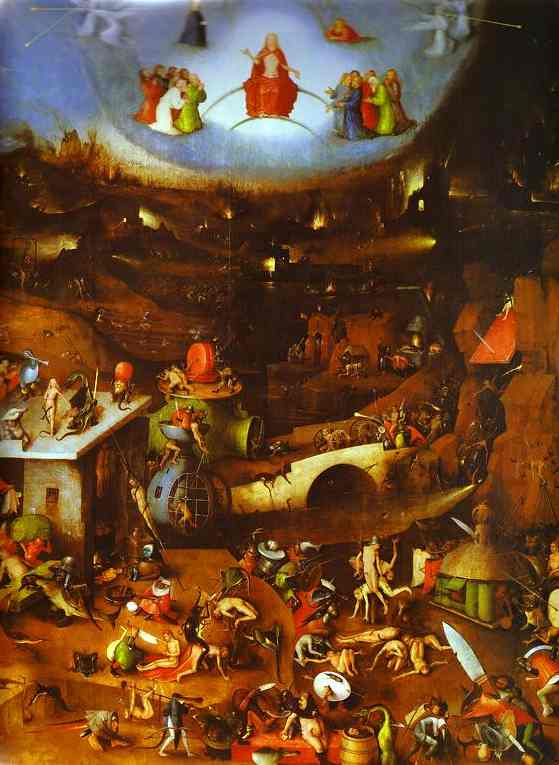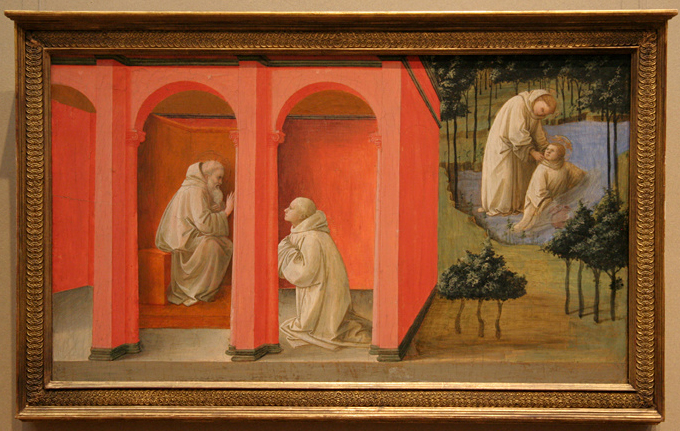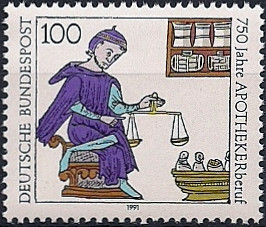I’m relocating this paragraph, originally posted on October 30:
I’ve just watched the first season of Isabel, a 2012 Spanish-produced historical and fictional TV series about the life of Queen Isabella I of Castile, and I am afraid to say that the Spanish media is now Hollywoodesque. The Jew Andrés Cabrera (1430-1511), who in real history held a key position in the control of the royal treasury, is depicted as an innocent lamb and the anti-Semite Juan Pacheco (1419-1474), interpreted by Ginés García Millán (extreme left on the pic below), as an unscrupulous and ambitious fanatic. Long ago was that era when the Spaniards founded the first Judenfrei city in the American continent (a city where I was born and still happen to live in…).

Now (December 23), that I watched the second, 2013 season of the series, I found myself making copious notes, especially how the scriptwriters handled the expulsion of the Jews from Spain by the end of the 15th century. But before that it is interesting to see that in this season the Archbishop of Toledo tells Ferdinand of Aragon, “She [Isabella I] has stolen you the right that by natural law is only of males,” the right to rule.
Feminism in the 15th century? In the first episode of this second season it is said that this couplet was sung in a Castilian tavern:
Isabelle and Ferdinand reign backwards
Governs the lady and not the Aragonese
Like Henry our former king, Ferdinand,
faced with a female gets smaller…
In Spanish it rhythms. Despite its political correctness, the series surprised me because it is the first time in my life that I see on film a reenactment of the civil war between the old Christians (ethnically non-Jews) and the new Christians of Spain (ethnically Jewish).
In Isabel the first major conflict between these two groups is located in Burgos, and it reminded me that in Separation and Its Discontents Kevin MacDonald writes specifically about this conflict. It shocked me to learn in Separation that the Jews were allies of the medieval kings, who used the subversive tribe in their conflicts against their own people. In the Isabel series, Isabelle at least is depicted as reversing this process and demanding: “Mark them all with a round, scarlet ring on their clothing to facilitate their identification wherever they are.”
The converso Andrés Cabrera shouts after such measure, “She didn’t hesitate in humiliating them! She has paid allegiance with infamy!” It is interesting that in the whole series it is the first time that this “converso” is critical of the crown (in the previous season he had always been loyal to Henry IV of Castile). But Isabelle, nonetheless, names the very respected figure of Abraham Senior, a rabbi, as her collector of taxes—still following some steps of the traitorous medieval kings.
Following the advice of her two influential advisors, the rabbi and the converso Cabrera, Isabelle commands Cabrera to destitute the mayor of Segovia, substituting him for a cousin of the converso.

Once in power the Jew betrays the queen’s confidence and there’s an uprising when even the queen’s daughter is on peril of being abducted by the rabble that suffered the taxes of the new mayor. But the betrayal is not depicted clearly so as not to give the impression that blame should be placed on the subversive tribe. While the converso Cabrera is sent on exile, it is a shame that the producers missed the opportunity to illustrate for the Spanish audience how the “rise of the Jews” runs parallel to the dispossession of the natives to the point that the natives react. The producers knew their history well, but were very reluctant to offend sensitivities and watered down the crude facts.
The influential and most respected rabbi Abraham Senior, in addition of being very white, is depicted as noble, temperate, compassionate and wise. In contrast, a Christian rabble is shown throwing a stone on his head. The inhabitants of Burgos “have thrown false accusations against my own,” claims the rabbi. However, even in this politically-correct series once in a while the point of view of the Old Christians is heard. A Dominican monk says vehemently:
“Your Grace: The Christian converts have only costume. Their mission is to infect our religion from within to destroy it. May God have mercy with a benevolent Castile with heretics.”
But the series had to immediately amend the rant somehow. Fray Hernando, a Hieronymite monk and confessor of the queen, asks in private the Dominican why he is full of hate. The Dominican refutes him with proof that the conversos in fact “Judaize” in private, the word in vogue in those times to mean that the conversos continue to circumcise their children and maintain food restrictions. “The rage of the old Christians is righteous” he says.
Then a great conflict explodes between the Jews and the Christians of Seville. “This Dominican slandered us!,” says a Jew (pic above beside the queen). Unfortunately, instead of representing the conflict fairly, the episode puts a bigoted woman saying that a medicine of a Jewish physician could invoke demons: a typical inversion of the Spanish theatre of yore when the Jews were depicted as wicked and the Christians noble. After a scene the king Ferdinand congratulates the Jew physician for having made fertile Isabelle again. He is overjoyed.

The actors chosen for the emir of Granada in the Alhambra and his heir are good-looking, which means that they are not to be seen as the “bad guys” of the series. The emir is also a good lover who treats the white Christian woman who was abducted as a westerner would treat his wife (nothing of the sort of how abducted white women were treated in the harem).
Back in Seville, a cardinal suggests Isabelle to found a tribunal for the faith, the Inquisition, in Spain. But just as the old emir and young heir are depicted almost as good, the conversos of Seville are depicted as innocent and noble. Nonetheless, “the tribunal of which you speak, that still does not exist, would condemn only those who claim to be Christians but lie,” says Fray Hernando once he opened his eyes that some conversos were, indeed, “Judaizing” privately.
A home of conversos, depicted almost as pure doves, is assaulted by a mob of enraged Christians who cut the throat of a child and write on the wall the word “MARRANOS” with the child’s blood before leaving.
“Look to what those dogs that call themselves Christians are capable to do to a child,” with a close-up on the dead child, says the father. “Do you believe,” the converso tells his daughter, “that one of these good Christians we have as servants lifted a finger?”
Then the extended Jewish family of the converso arrives to wash the body of the assassinated child and the converso puts a crucifix inside a box, while all present recite something in Hebrew. The daughter, however, who is a maid of the queen, knows that this is highly dangerous business and suffers inwardly.
Fray Hernando, the queen’s confessor tells Isabelle: “Purifying the faith of converts will be a mission full of obstacles,” and the Inquisition starts its first activities in Spain. In Seville’s square Tomás de Torquemada warns: “There will be no pity. Every Christian who suspects of someone who Judaizes should report it.”
After these first actions Fray Hernando warns Torquemada that the dungeons are filled, even with innocents, though he concedes that some of them “Judaize.” Burning at the stake is still forbidden, and Torquemada’s first action was the confiscation of goods and mandate the use a penitential garment, the sanbenito, for a Judaizer woman who still celebrated the Sabbath and other Jewish ceremonies.
Then a tragedy occurs. The whitest dove of the series, the candid teenage Jewess who worked as the queen’s maid, is caught when trying to conceal evidence in the royal palace: evidence incriminating her father. She is sent to the torture chamber.

The visual details of her torment are shown to the naïve Spanish viewers in this episode that was aired recently. Under torture the candid Jewess confesses that she was only trying to save her father’s skin and is released. Isabella finally permits capital punishment. The converso father is caught and, unwilling to repent publicly by means of kissing the cross while he is tied on the stake, is burned alive.

The episode ends with a voice in off shouting: “The Jewish plague that ravages Christendom! The plague!”
In the next episode something is missing. In real history the Alhambra musicians had been blinded so that they did not see the naked women dancing. In this sanitized Alhambra none of these barbarities is shown when filming the musicians.
“El Cordobés,” the queen’s best friend and a soldier under the command of Ferdinand (second form left to right in the first pic at the beginning of this entry), one of the non-whites of the series, is shown as militarily wiser compared to Ferdinand after a humiliating defeat inflicted by the Moors.
The converso problem is introduced again but this time in the kingdom of Aragon. In the whole series of Isabel it is shown the conflict between the Christians and Jews and between the Christians and the Moors, but not between the Jews and the Moors. In Aragon a meeting is celebrated with the representatives from the three groups. A converso makes an oath of obedience to king Ferdinand. But other furious conversos assassinate the Dominican monk who would preside the Inquisition in Aragon. The Jewish conspirators are caught, decapitated and their heads shown on stakes.
In the next episode non-Christians are about to be expelled from Malaga. It shows the Iberian blunder in a nutshell: to believe that sprinkling drops of water on Moors or Jews will solve the problem once and for all. (Remember that a thousand years earlier the Iberian Goths fell into the Galilean cult, thus abandoning their healthy anti-miscegenation laws.) Instead of using the race standard, a powerful Spaniard says that they must “expel from Malaga all those who don’t believe in our lord Jesus Christ.” The converso Cabrera and Abraham Senior are worried about the fate of hundreds of Jews in the Alhambra, that will be invaded soon. Here we go again with the non-racial standard in the words of Isabelle about a boy, the heir of the emir who had fallen under her power:
“Today Juan de Granada has been baptized. He was born under the yoke of Islam but thank God he has escaped its clutches. He has reached our faith and as our brother in Christ we welcome him with joy.”
“Our brother in Christ”… This reminds me the words of how American Christians speak about the Negro. In this film shot, just when pronouncing those solemn words in court before the noblemen, a very dark Christian woman is seen beside the mother of the baptized boy.
Ferdinand gets sick during the military campsite and Isabella takes her Jewish physician to the war zone. Later it is told that 450 Jews of Malaga are now slaves: most of them women who talk Arabic or Hebrew and dress like Morisco women. Cabrera and Abraham speak of the huge quantities of gold that they must gather to free them.
Then the episode takes a nasty turn: blood libel. An innocent Jew is taken before Torquemada accused of kidnapping and ritually murdering a Christian kid. (Incidentally, on this subject I disagree with both Andrew Hamilton and Harold Covington. Like MacDonald, I believe that those kind of charges were spurious, although they reflected the legit rage of the old Christians.) On the rack of torture the accused Jew is, once more, depicted as an innocent sacrificial lamb. You have to watch the series and see the face of the man while the Inquisitor wants to extract a confession about “the abduction and murder of that innocent creature.” Alas for the Jew they continue the torture as he cannot confess a crime that he didn’t commit. Torquemada doesn’t want to hear that those who owed money to the Jew invented the accusation and the influential Abraham Senior is allowed to visit the accused in the dungeon.
I must say here that the physiognomic distinction between Christians and Jews is erased in the series. Any viewer would only see two Iberian whites talking to each other in the above scene between Abraham and the accused. This differs from the iconography of the peninsula of those centuries when the races were painted together (e.g., here).
Later Abraham Senior speaks with Torquemada and, naturally, the scriptwriters put Abraham as noble and Torquemada as wicked—black and white. Says Abraham when talking to the accused:
“You know that from time to time the Gentile rage is unleashed against us.”
After another discussion between Abraham and the accused, the latter is left crying with a little face that makes most viewers feel pity.
Christopher Columbus appears many times in these later episodes. The scriptwriter and director make him say, “…a Granada that agonizes under the yoke of Castile.” Soon after Ferdinand and Isabelle tell her physician, “Remember that in your hands is the life of the heir of Castile and Aragon,” the ill son of the kings whom then Jew saves.
More tortures are shown on the poor thing until he claims something that a Mesoamerican would have said in real life, “I was. I murdered that boy. I opened his chest to pull out and eat his heart…” Then Torquemada makes him confess who are his “accomplices” and the poor thing has no other choice but to incriminate other ethnic Jews to end the torture.
A little later in the episode the words of Columbus expose, once more, European idiocy in a nutshell: “…to extend the Catholic faith into unknown lands.” A Spartan, a Visigoth or a NS German would have said instead, “to extend our race into unknown lands.” Extermination or expulsion of non-whites into a corner of the continent was well beyond the Christian sensibilities of those times. Thus the blunder of baptizing Moors in the Iberian Peninsula would be committed again, at the other side of the Atlantic, but this time in a whole continent and on a massive scale. (What was the point of allowing such measures against the kikes if Iberian whites could not protect their own ethnicity in America? Shouldn’t a solution to the kike problem automatically mean a solution to further Iberian white decline? Food for thought for those who still stick to their monocausal monologues in their echo chambers.)
In the following scene Torquemada (left on the pic) launches a speech against the accused, two Jews and six conversos that, in his mind, murdered the Christian child ritually. They are to be burned alive at the stake in addition to confiscating their goods. The Grand Inquisitor even humiliates them further by making them know that the confiscated funds would be used in a newly founded Christian monastery.

The whole script of this second season that started in September and finished this month follows the lachrymose, now mandatory version of the history of Jewry. Overall, the reviews of Isabel have welcomed the series, given the number of nominations and awards, both national and international.
Intellectually, traditional Spaniards have been completely disarmed to talk back that the actions of the Inquisition are understandable, and even positive, when viewed from the viewpoint of the clash between two ethnic groups. Within their current, postconciliar Catholic paradigm they will never be able to prevent further demoralization. On the other hand, if Separation and Its Discontents was translated and became a bestseller in Spain, they could understand this historical conflict.
The final episode depicts the peaceful takeover of the Alhambra and has Isabelle hesitating about establishing the Inquisition in Granada. The queen also says, “It is a great opportunity to bring our faith to the Indies.”
It may seem incredible but with the benefit of hindsight—having read MacDonald’s book, which PDF is linked above—the pro-Western reader has to conclude that, leaving all PC BS propaganda aside, Torquemada was the real hero of this story. He is shown as telling the queen:
“The Jews are the real danger to our faith, the source of all heresies. You must remove the evil from our kingdoms. Once Islam has been defeated they know it is their turn. Teach them a lesson! It’s time!”
Words that have to be pronounced again in Europe once the Eurabian problem is solved later in this century! Ferdinand discusses with Isabelle for the first time the final solution to the Jewish problem: expelling them all, and reminds the queen that they have already been expelled from France and other kingdoms. Torquemada wants to expel every ethnic Jew; Isabelle wants to spare those who would embrace Christianity. For Torquemada it is clear that it is impossible to really convert a Jew.
On 31 March of 1492 the expulsion starts with a public declamation by Torquemada: “We demand that all Jews get out from our kingdom” while sad Jews listen. Later in this last episode king Ferdinand says, “The Jews will never disown their faith.” Then the exile is visually depicted.

“I need you. Who will heal my family now?” tells a concerned Isabelle to her parting physician.
The season ends with this episode #26, with a stunning image of the three caravels of the first of Columbus’ expeditions parting into the Atlantic ocean. Those who know Spanish can watch the entire series for free: here.
“You must understand. The leading Bolsheviks who took over Russia were not Russians. They hated Russians. They hated Christians. Driven by ethnic hatred they tortured slaughtered millions of Russians without a shred of human remorse. The October Revolution was not what you call in America the ‘Russian Revolution.’ It was an invasion and conquest over the Russian people. More of my countrymen suffered horrific crimes at their bloodstained hands than any people or nation ever suffered in the entirety of human history. It cannot be understated. Bolshevism was the greatest human slaughter of all time. The fact that most of the world is ignorant of this reality is proof that the global media itself is in the hands of the perpetrators.”








